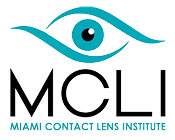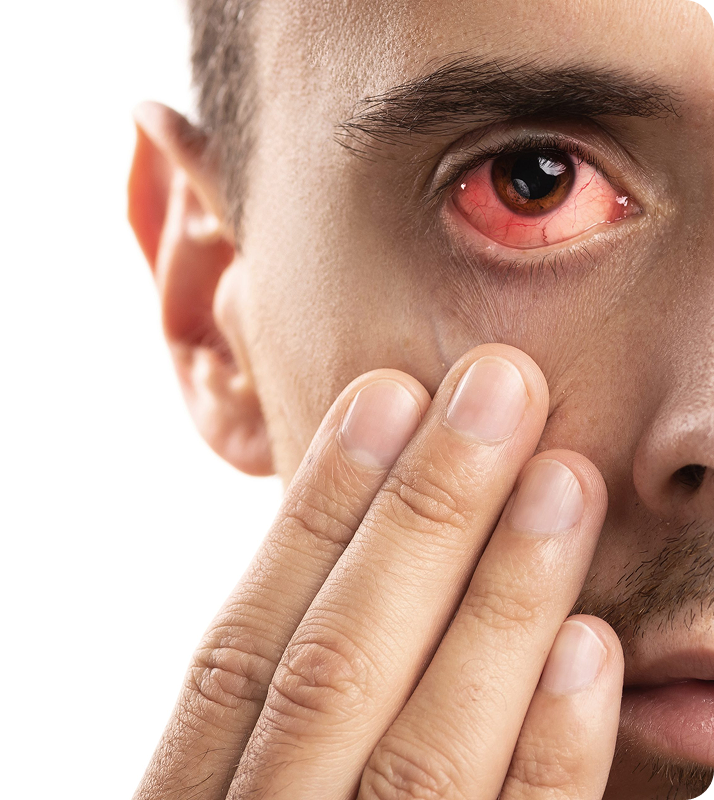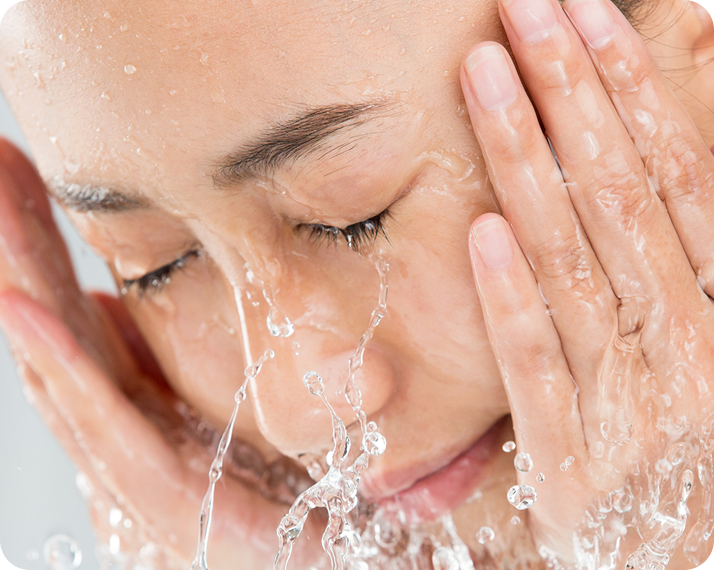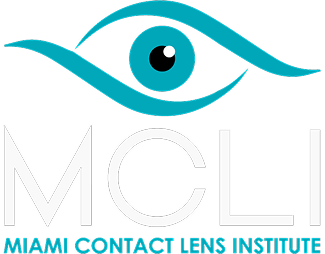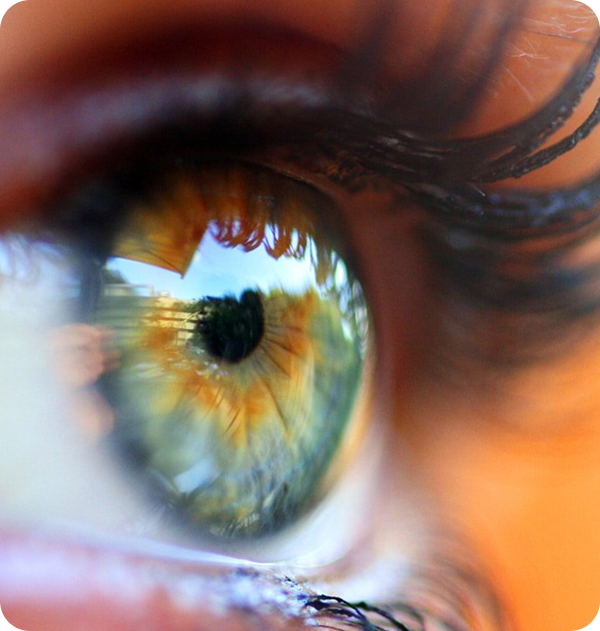
Chemical Burns and the pH Scale
Generally, the difference between substances that pose a long-term threat and substances that will just cause pain and/or discomfort is determined by the pH scale. PH stands for “potential of hydrogen” and refers to a scale that measures how basic or acidic something is.
Pure water is at 7 on the pH scale, which is right in the middle; water is neutral in terms of pH. Move toward 0 (or lower) on the scale and substances become more acidic. Substances in this direction would include vinegar, fruit juice (especially citrus), and battery acid. Move toward 14 (or higher) and you get more basic. Substances in this direction include saltwater, baking soda, and bleach.
Many people assume chemical substances that are acidic are more dangerous—especially for the eyes—than chemicals with high pH levels. In most cases, the opposite is true. Acidic substances can cause a lot of pain and redness in the eyes but can often be rinsed out relatively easily. If you have ever accidentally squirted lemon juice in your eye, it probably wasn’t a pleasant experience, but it also probably didn’t cause any severe or lingering vision problems. More acidic substances (like battery acid) are a bigger problem but can still be easy to neutralize with water.
Chemicals that are basic (also known as alkalis) are more dangerous. Acids can cause burns but are largely limited in their ability to penetrate tissue. Bases are not limited in their penetration, which means they can cause more severe chemical burns. In addition, acids are usually very viscous, which means they can be diluted and diffused with water. Most bases react with water in such a way that creates more heat, worsening the pain and severity of the burn.
If a basic substance gets in the eye, it also might not immediately cause the same amount of pain or redness as an acid. This factor sometimes gives patients a false sense of security by making them assume the substance in their eye is not harmful.
Treating Chemical Burn Injuries to the Eye
At Miami Contact Lens Institute, we rehabilitate chemical burn injuries to the eye through the use of scleral lenses.
Alkali chemicals especially can cause changes to the ocular surface, including the corneal surface. Patients who have suffered chemical burn injuries are often left with scarring and irregular astigmatism. They often complain of visual distortion and discomfort. Scleral lenses are effective for treating both issues. These lenses sit on the sclera (the white part of the eye) and vault over the cornea, leaving a tear-filled vault between the lens and the surface of the eye. This design allows for maximum hydration and protection of the eye while also eliminating much of the visual distortion caused by the corneal irregularity. Scleral lenses are the best way to promote eye healing and restore quality and clarity of vision for victims of optical chemical burns.Visit our Optometry practice in Miami today for all eye related conditions and treatments!
